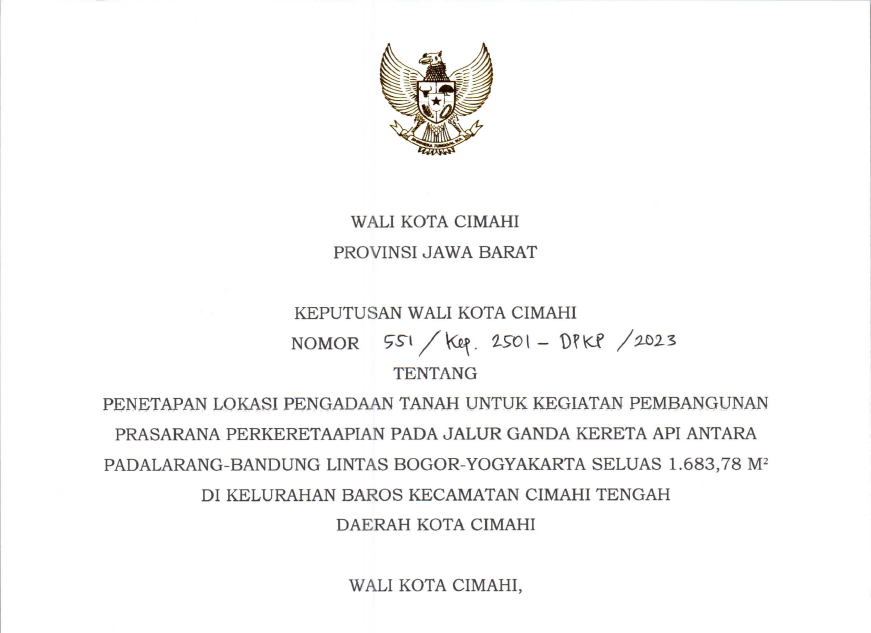RAILWAYS ENGINEERING OFFICE FOR WEST JAVA HOLDS E-BH APPLICATION SOCIALIZATION FOR COMPETENT RAILWAY HUMAN RESOURCES

Bandung - In the context of developing technology to improve railway services, especially in increasing accountability, efficiency, and transparency in the field of Railway Infrastructure, the Directorate General of Railways through the Railways Engineering Office for West Java Region is making changes in terms of rail infrastructure data management through the Information System Program for Supervision of the Implementation of Digitalization-Based Railway Infrastructure (e-BH). Through the use of the e-BH application, it is hoped that the quality of railway human resources will be more competent, especially in the Railways Engineering Office for the West Java Region.
To achieve this, Railways Engineering Office for the West Java Region has held socialization and trials of e-BH applications as well as the benefits of GIS (Geographic Information System) technology which were held online through zoom meetings and offline. The event was attended by representatives of the Technical Office within the Directorate General of Railways, the Effective Action Team for Change of Railways Engineering Office for the West Java Region, representatives of the Indonesian Railways Society (MASKA), and representatives of the Indonesian Railways Preservation Society (IRPS) train lover community.
Erni Basri, Head of Railways Engineering Office for the West Java Region had the opportunity to open the activity by giving a brief explanation regarding the use of GIS technology in data management for digital-based railway infrastructure in the form of e-BH, "The existence of an infrastructure location is very important so that we can use GIS technology and the GIS facility itself actually The Ministry of Transportation has SIGITA so there are infrastructure maps that are already available at the Ministry of Transportation," said Erni. SIGITA is an application that contains spatial data on infrastructure throughout the transportation sector at the Ministry of Transportation
Erni explained that the GIS application is an application that aims to visualize a location in which several attributes can be input at the bridge location. Previously, Erni had conducted a comparative study (benchmarking) to the Ministry of Public of Works and Housing by studying the preparation of the bridge application so as to increase the durability of the application.
"This application has the SOP set by the Director of Infrastructure, so we have to consult the process for this application with the Director of Infrastructure," said Erni explaining the application's operational standards. Erni further added that the data created by the government is intended for the community, one of which is academics if it has gone through the finalization process.
Hermanto Dwiatmoko, General Chair of MASKA gave some input regarding the use of GIS technology in data management of railway infrastructure, "If you can also include maintenance data, what is the routine maintenance, then what is the condition of the bridge, in the future perhaps with this data we can find out which bridges are critical, which is old, so there must be some kind of censorship that can be followed up," said Herman.
The IRPS Coordinator responded positively to the application, “My friends and I from the IRPS community are ready to help and cooperate for the sustainability of the program that is being aimed at. Moreover, if we look further, many of our historical programs are related to railway infrastructure, both on active and non-active routes," said IRPS Coordinator for West Java Region, Deden.
This event was followed by a presentation related to how the application operates in the form of a bridge data input process, such as photos of bridges and bridge coordinates. The utilization of GIS technology in infrastructure data management is carried out in order to develop technology that can be used to improve railway services, especially in increasing accountability, efficiency, and transparency in the railway infrastructure sector.








Komentar
LOGIN FOR COMMENT Sign in with Google